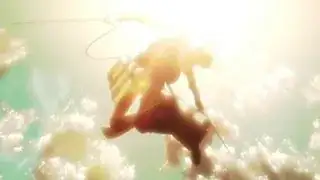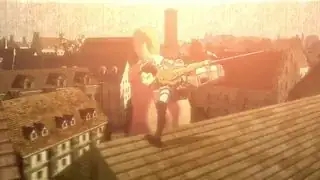In the first Shingeki no Kyojin opening, I've seen some scenes with lower contrast or brightness, something like this:
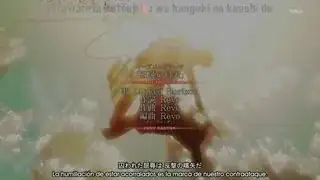
And later, in the same sequence, a scene appears without that contrast change:

I've seen this kind of contrast change in the HxH remake as well, and the first thing that comes to my mind is that legendary Pokemon episode where a lot of kids suffered of photosensitive epilepsy attacks in Japan thanks to Pikachu and Co.
Does it has some relationship with that or there is another reason? Maybe a new law in Japan related to these flashy images on TV?
It seems this change appears only in new anime (I don't remember seeing something like this before last year). Any clue around that time?
===UPDATED===
It's not just in the opening; here are more examples:
One of many scenes where the image is normal:
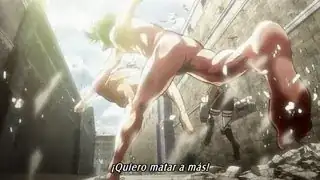
Then comes the darker scenes. Maybe it cannot be appreciated in the snapshots, but all are a full sequence of images appearing quickly with a bright background:
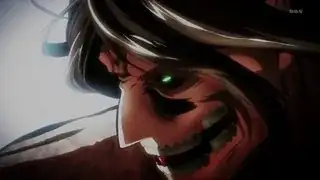
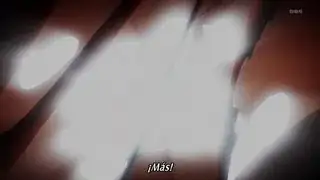
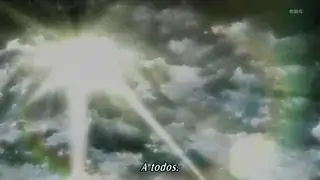
And then it returns to normal:
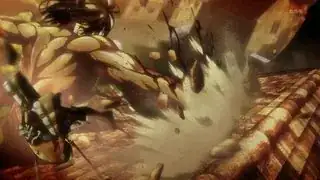
This is from the last HxH episode. At first, the image looks fine:
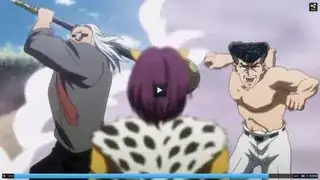
Then comes an attack and the image looks darker. Maybe the effect is not so intense as in Shingeki no Kyojin, but it is still there. Look, all these bright flashes coming from the hits seem not as bright as they should be:
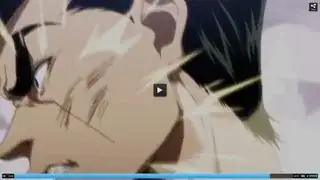
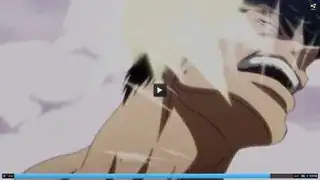
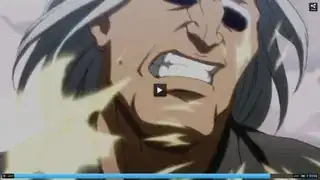
And then the image looks normal again - compare the smoke color before and after:
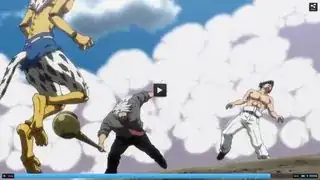
As @JonLin notes, maybe it could be some kind of TV censorship, despite that there's nothing to censor besides all these flashy lights. Is it just me being paranoid or is there something more behind all this?
==UPDATE 2==
I've found a Blu-ray rip of the Shingeki no Kyojin opening (no subtitles, no credits) and I took some shots of the same frames that I already put. To the left, the TV version and to the right, the BDRip version (click for more detail):
So it is not an effect to make things more dramatic, but rather an effect included only on TV. I suppose the same applies to the other shots (at least in SnK).
So my question comes again, why, lately, are there some anime with darkened scenes? My conspiracy theory is that it is related to those bright changes and possible photosensitive attacks. If that's true, why is this being applied lately? And why doesn't it appear on DVD/BD?
If not, what else it could be?
